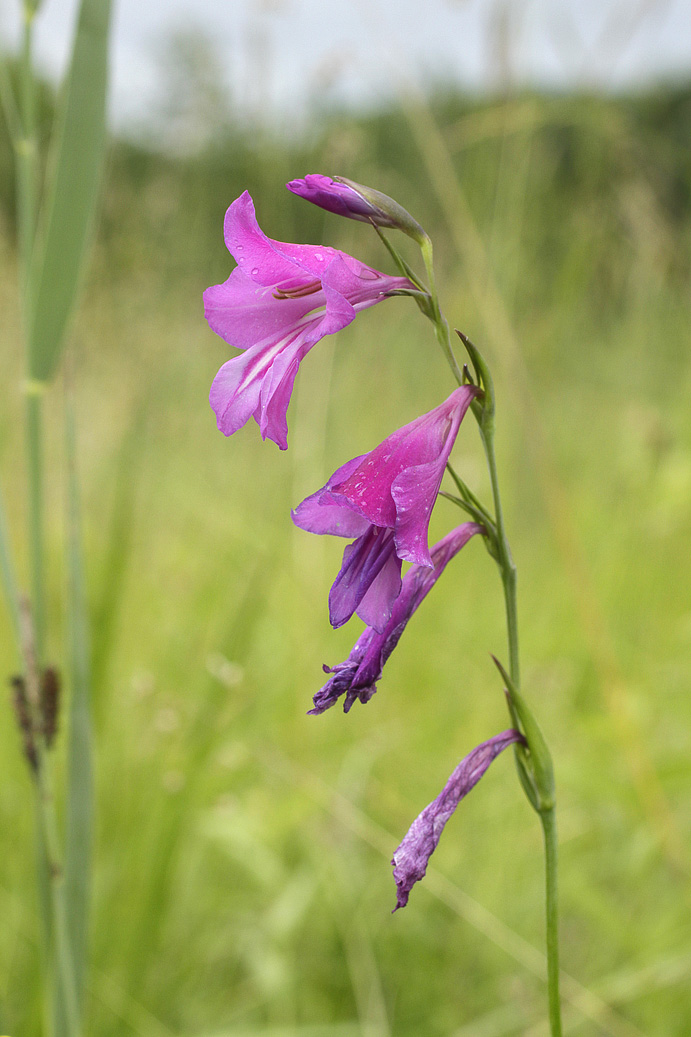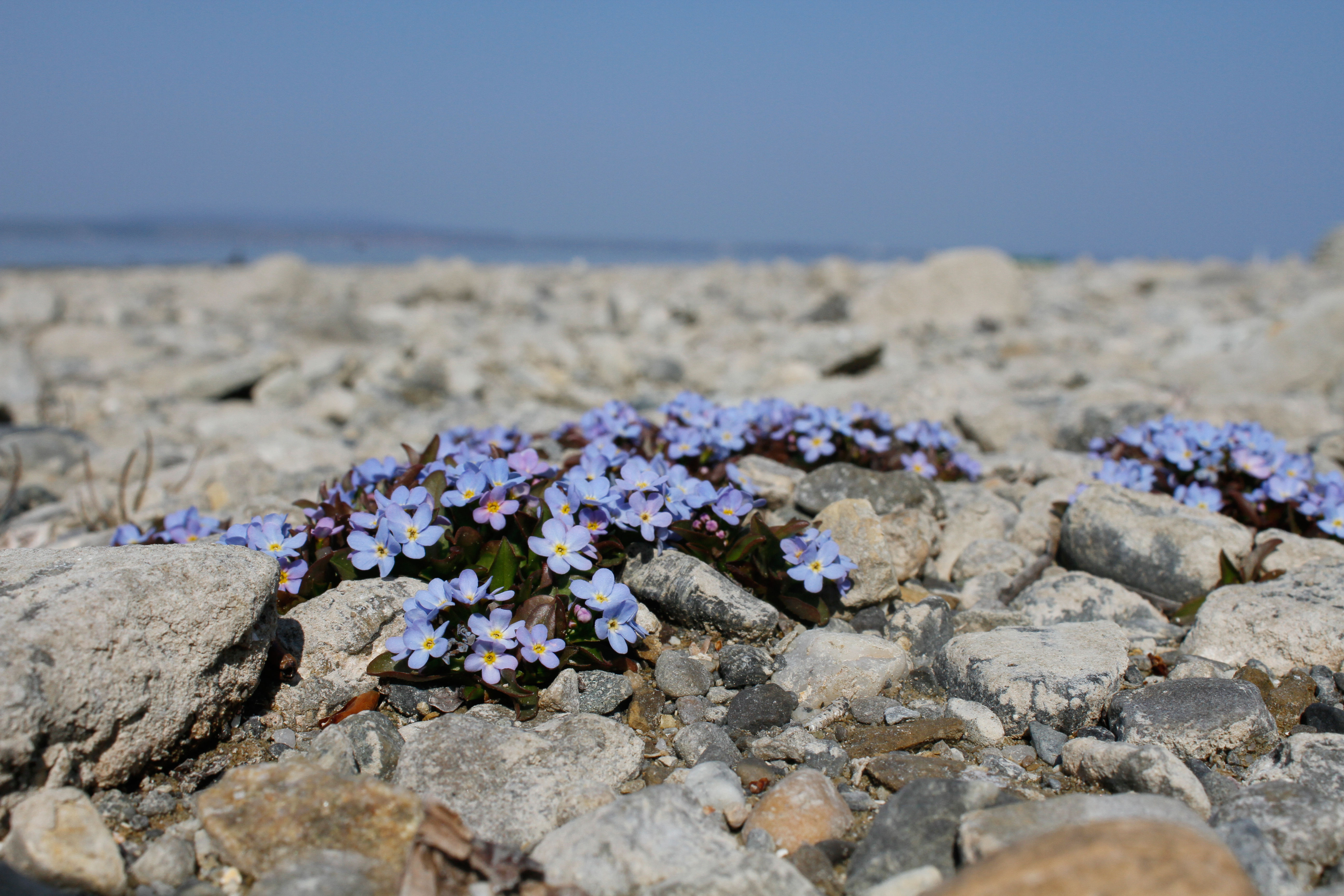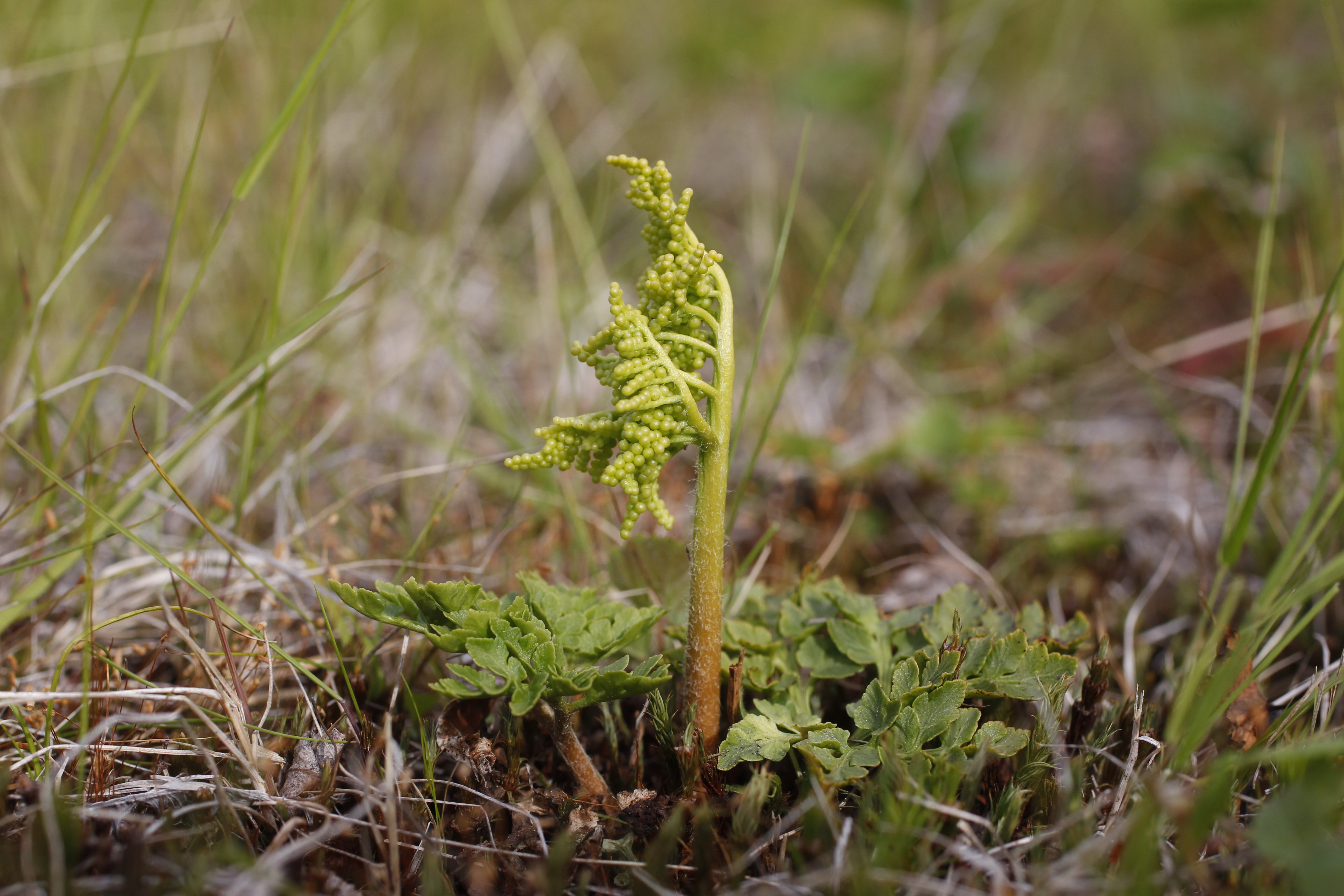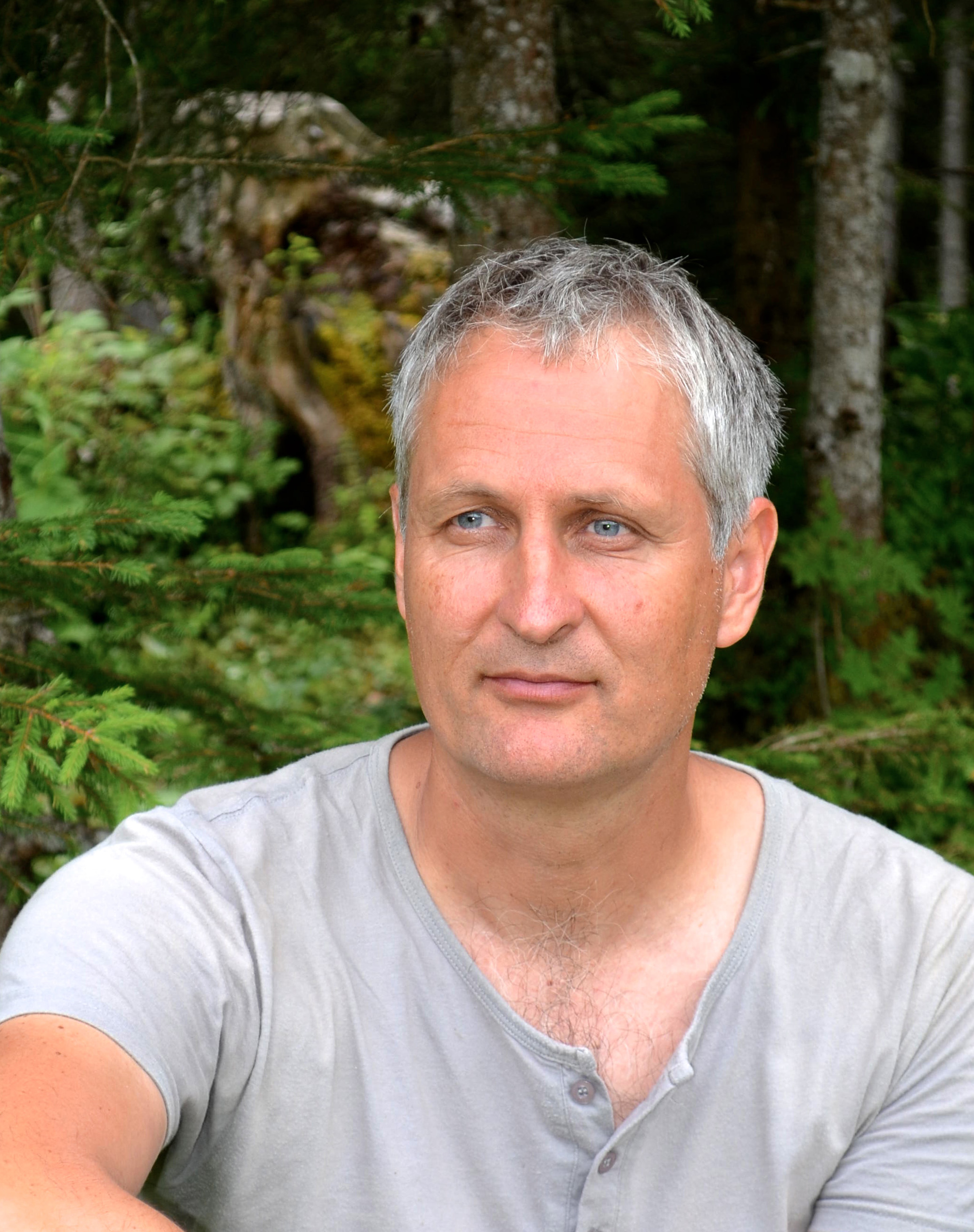Nationwide decline of threatened plant species in Switzerland
The Swiss Flora is one of the richest and most diverse in Europe. However, more than 700 plant species are considered to be threatened. In a nationwide project over 400 volunteer botanists revisited known populations of all threatened and rare plant species in Switzerland and recorded their presence or absence. Researchers from the University of Bern and the National Data and Information Center on the Swiss Flora have now analysed the dataset, and the results are alarming.
It is well publicised that biodiversity is declining globally. At a local level too, populations of certain species are disappearing. How often this happens and whether certain species are declining more rapidly than others has so far only been assessed by expert knowledge. Obtaining quantitative field data is time consuming and challenging, but absolutely vital if we are to understand species responses to past and future environmental change and successfully conserve and restore threatened populations.
With the help of 420 volunteer botanists, “Info Flora”, the National Data and Information Center on the Swiss Flora, has launched a nationwide project. The volunteers revisited over 8,000 historically documented populations of the 713 most threatened and rarest plant species in Switzerland between 2010 and 2016 to see if the populations were still there. Researchers from the University of Bern have analysed this impressive dataset and published the results in the journal “Conservation Letters”.
Evidence for rapid local plant extinctions
In their “treasure hunt” the volunteer botanists often came away empty-handed—of the 8,024 reassessed populations 27% had gone extinct. The species that had previously been assessed as critically endangered by experts lost 40% of their populations within the last 10-50 years. These numbers are alarming and provide compelling evidence that plant populations of threatened species in Switzerland are declining rapidly. “Local extinctions provide early warnings for global extinctions. Until now we have only lost individual populations, but given the low number of remnant populations for most of these species, a further decline is likely to result in many nationwide species extinctions”, explained the first author of the study Anne Kempel, from the Institute of Plant Sciences of the University of Bern.
Increasing human influence is affecting plants
The study reveals other patterns as well: the strongest declines were observed in species growing in ruderal habitats—disturbed areas under strong human influence—such as species growing within the agricultural landscape. Population losses for ruderal species were twice as high as losses for species from forests or alpine grasslands. “This group of species is particularly affected by the intensification of land use with an increased use of fertilizers and herbicides, but also a loss of microstructures such as stone piles and field margins” explained Stefan Eggenberg, the head of Info Flora. Similarly affected were species from rivers, lakes, shorelines, bogs and mires. According to the researchers the causes are again homemade: a reduction in water quality due to pollution and the use of fertilizers from agriculture, the loss of natural river dynamics through river straightening, the use of rivers as a source of electricity, and the draining of peatlands. “The pattern in Switzerland reflects the situation in whole Europe— ruderal habitats from agroecosystems, freshwater ecosystems, mires and bogs are among the most threatened habitat types in Europe, according to the European Red List of Habitats” said Markus Fischer, senior author of the study and Professor of Plant Ecology at the Institute of Plant Sciences.
The Swiss model reveals the need for action
The countrywide revisitation project is unique in its scope. “It was only thanks to the extensive database and the tireless efforts of our volunteers that we were able to manage this mammoth project”, says Stefan Eggenberg. For his employees Andreas Gygax and Christophe Bornand, the Swiss model is a showcase example for mapping the state of endangered species in country in detail, recognizing patterns and revealing the need for action. Stefan Eggenberg added: “The study was a real wake-up call and showed us very clearly that habitat protection alone is not enough to preserve our biodiversity”.
Restoration has great potential
“We have to expand our effort conservation with important elements: the development of ecological infrastructure that connects habitats with one another and thus enables the natural exchange of populations, combined with species-targeted conservation and restoration measures would be a very important step in the right direction” added the lead author Anne Kempel. The authors stressed the need for action in anthropogenic landscapes, where the largest number of populations of threatened species have disappeared. Strategies to increase the dynamics of freshwater systems, and incentives to enhance landscape structure such as hedges, stone walls and other microhabitats in open areas and to promote traditional farming practices are essential. Together with species-targeted measures this may offer a great potential for the recovery of many threatened species in Switzerland, but also in Europe. But without quick action, things won’t look good for the rarest species in Switzerland.
Publication details:Kempel, Bornand, Gygax, Juillerat, Jutzi, Sager, Bäumler, Eggenberg & Fischer: Nationwide revisitation reveals thousands of local extinctions across the ranges of 713 threatened and rare plant species. Conservation Letters, 25. August 2020, DOI: 10.1111/conl.12749 |
2020/09/08







